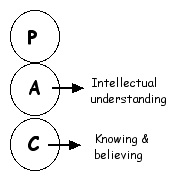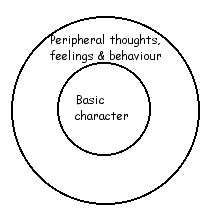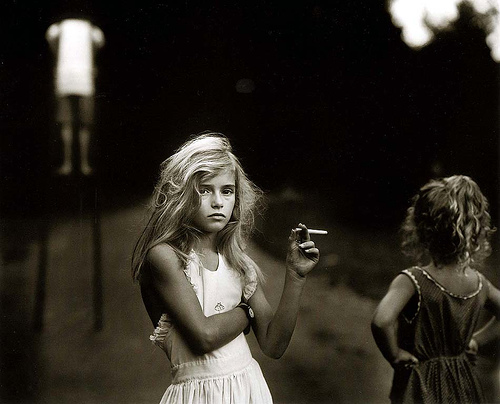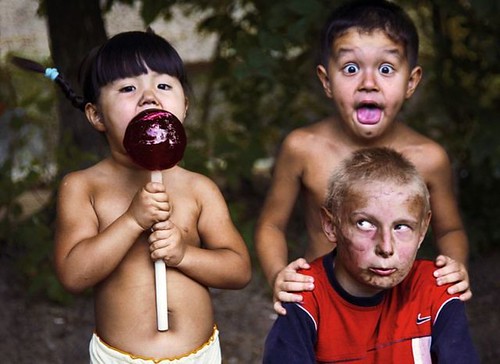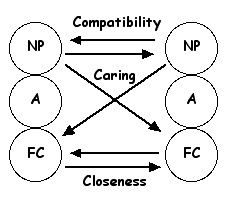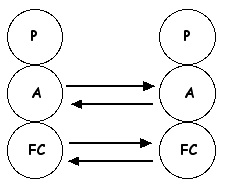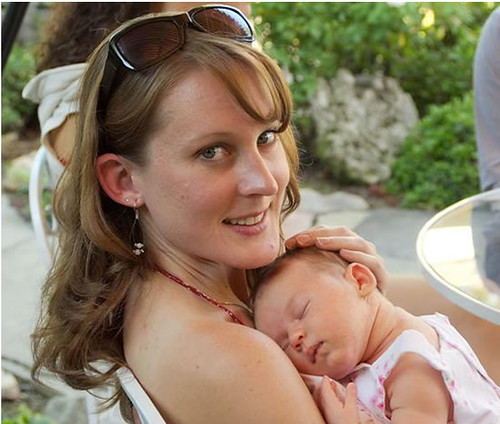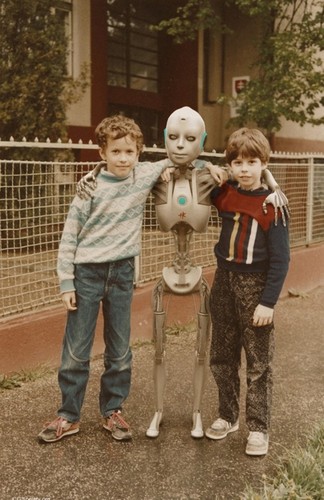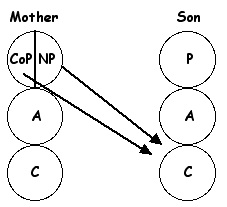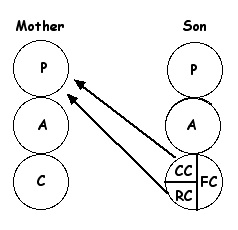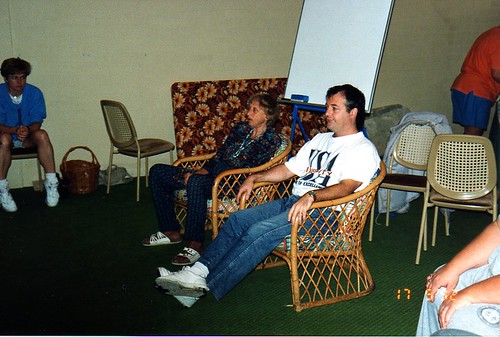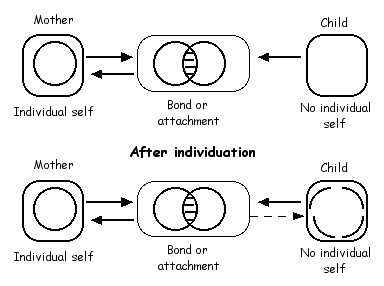
The top diagram is the situation for the new born. It has no sense or very little sense of its individuation or its self as an individual. Over time this begins to happen and slowly the child develops a sense of individuation as it separates from its attachment to mother. This is shown in the second diagram. As the child separates it has to individuate and the more it individuates the more it can separate.
To define who am I - individuate - I have to also define who I am not.
When I worked in a prison there was one guard in particular whom I became quite good friends with. When there was a ‘lock down’ as thus there was not much to do we would sometimes have heated argument.
One of the arguments that I would present to him, to which he would vigourously debate against, was that society needed its prisons and prisoners. They had a positive effect on society and that if ever there were no prisoners or law breakers then society would eventually collapse in on itself. This could happen because the society would loose its sense of identity.
Prisoners allow us to define what we are not. “Those people in prison are prisoners and we are not like them”. It allows us to get a sense of “Them and Us”. By doing that we then begin to get a sense of who and what “Us” is and thus we get a sense of our group identity in that way. Prisoners allows us to maintain our group identity.
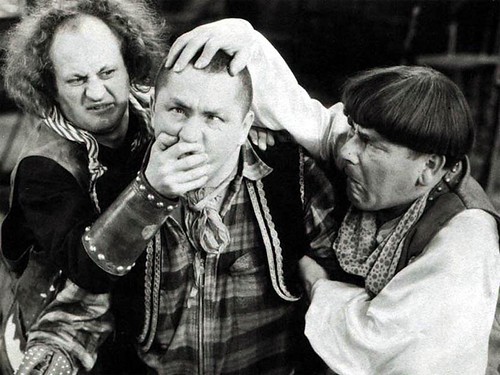
Individuals?
Indeed then we have wars. One sometimes hears the phrase, “The war on crime”. When ever a society in engaged in some kind of war it allows it to define what we are not - we are not the enemy. Thus we get a sense of who we are, we get more of a sense of what “Us” is. If we didn’t have this then perhaps the group’s identity would fade and that is one thing humans do not like at all! This could be argued as one of the psychological bases of war.
At an individual level we find the same psychological mechanism at work. We hear a lot about the child’s separation from the parent. After it forms an attachment to mother it then sets about breaking that down by separating from the parent. It actually does two things. It separates and it individuates. As the young child separates it stops using mothers identity and must begin establishing it’s own and thus becomes its own individual. So how does it do that?
At birth an infant is all Free Child and has no identity of its own. It has no individuation. The separation and individuation is seen to occur at three crucial stages of development. 2 years of age, 4 years of age and adolescence. It is at these three ages when it develops its own identity.

These three stages are know as the negativistic stages. That is, at these ages many of the children are found to be negativistic, antagonistic and rebellious against the parents. Why would they be like that? One reason is that they are defining what they are not, they are establishing who the enemy is, which is most often the parents. This of course is when the RC or Rebellious Child ego state is extensively used by the child and teenager.
The teenager finds out what he is not which partially allows him to define who he is. If he is also allowed to experiment with different things then he also finds out the things that he actually likes himself. If he is allowed to do things then this allows him to develop his views and beliefs on this and that then he will complete the identity establishing process. He becomes individuated. Slowly he starts to shift from individuating by rebelling to individuating by the Free Child. If he is afforded the opportunity to define what he is not then he can start to define what he is.
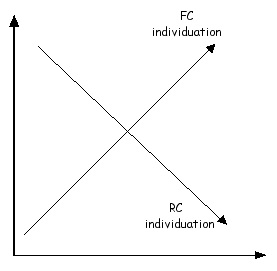
Firstly the child sets about defining what it is not and then it can start to define what it is. If the parent makes the wrong responses then the child can get stuck in RC individuation and the FC individuation is hampered. Those wrong responses can be two fold
1. The parents do not allow the RC expression either by providing nothing for the teenager to rebel against. That is the parents are highly permissive with very few rules and boundaries for the child. Or they are simply overwhelmingly strict and authoritarian such that the teenager gives up trying to rebel at all.
2. The teenager is not allowed to try and experiment with a variety of activities and life styles. For instance I can remember being 18 years of age, unemployed and living in a house (if you could call it that) with three of my male friends. I lived for a year with virtually no money and it was a great experience even though at times I went hungry, was cold and tired. I learnt how to make a can of baked beans taste really good. Mind you that is not very hard when you are really hungry in the first place. I recall on the occasions that I would go home to my parents house and noticed how soft the carpet felt on my feet. I had never noticed that before. The house I lived in for a year had carpet in a few rooms but it was very thin and worn.
My parents could have intervened and provided the money for me to live in a much more luxurious accommodation but then my Free Child individuation would have been disrupted by them doing so.

Why do teenagers do this? Because they can. FC individuation.
The point being that I was afforded the opportunity for my Free Child to experience the world and life in ways that I had never done before. By doing such a thing I could then discover who I was as an individual. Of course this is just one example of the many hundreds of things that the teenager needs to be allowed to do so his Free Child can find out about life, who he is and what he thinks and feels as an individual.
Of course the antiscript stage of development occurs at this time as well for the teenager. Indeed this could be seen as an explanation of why the teenager deviates off the path of the life script into antiscript. He will try and do all sorts of things that his life script would not normally allow him to do. What is also highlighted here is that teenagers are sometimes see as being rebellious, that is doing RC individuation, when in fact they are not. Yes they rebel to get a sense of - I am not that - but this still does not allow them find who they are. To do that they have to try out and experiment with lots of alternative activities and life styles.

Many might see her as being rebellious by the way she presents herself. This may not be so. She may simply be trying different ways of looking and dressing so she can find out what she likes and what fits for her own sense of sense. Free Child individuation.
Graffiti


